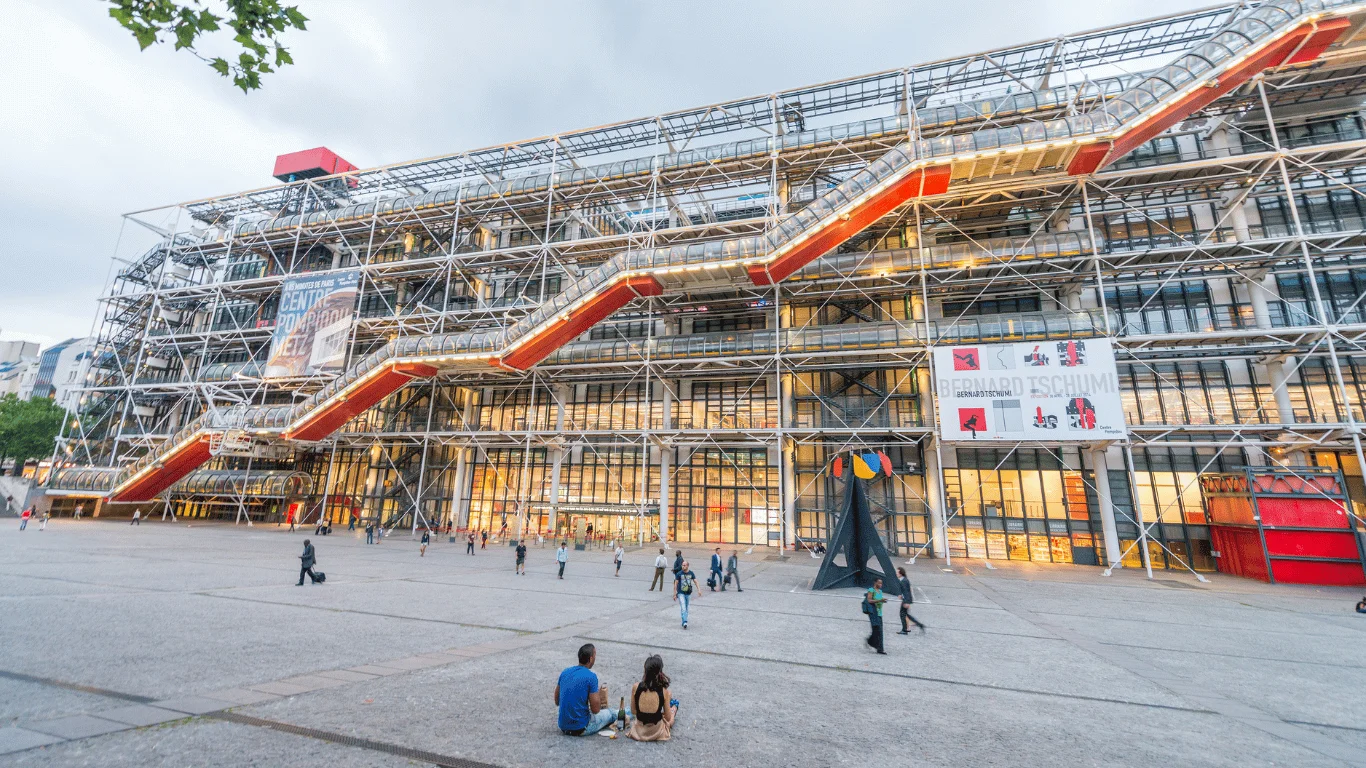The urban landscape of Canada is witnessing a significant trend towards mixed-use developments, reshaping the way urban centers are designed and utilized. These developments, which combine residential, commercial, and sometimes industrial elements in a single project, are becoming increasingly popular for their multifaceted benefits to local economies and communities.
Mixed-use developments are designed to create spaces where people can live, work, and play in close proximity. This approach to urban development is driven by a desire for more efficient use of space and a move towards sustainable urban living. By combining different uses within a single development, these projects encourage a more vibrant and dynamic urban environment. They reduce the need for long commutes, as residents can often find work, shopping, and leisure facilities within walking distance of their homes.
One of the key advantages of mixed-use developments is their ability to revitalize urban areas. These projects often transform underutilized or neglected areas of a city into thriving hubs of activity. By bringing in a mix of residential and commercial tenants, mixed-use developments can create a constant flow of people and activity, boosting local businesses and services. This can lead to a significant economic uplift in the surrounding areas.
Another important aspect is the creation of more sustainable and livable urban environments. Mixed-use developments promote more efficient use of resources and reduce reliance on cars, contributing to lower traffic congestion and pollution. The proximity of residential, commercial, and recreational spaces encourages walking and cycling, aligning with broader goals of urban sustainability.
The impact of mixed-use developments on local communities is also noteworthy. These projects often include public spaces like parks, plazas, or community centers, which serve as gathering places and foster a sense of community. They can also offer a diverse range of housing options, accommodating different income levels and lifestyles, which contributes to social diversity and inclusivity.
However, the development of mixed-use projects comes with its challenges. These can include complex zoning and regulatory approvals, as mixed-use developments often require a departure from traditional single-use zoning practices. There’s also the challenge of balancing the different needs and expectations of residential and commercial occupants within the same space.
In summary, the rising demand for mixed-use developments in Canadian urban centers reflects a shift towards more integrated, sustainable, and community-focused urban planning. These developments are proving to be catalysts for economic revitalization, urban sustainability, and community building. As cities continue to evolve, mixed-use developments are likely to play a key role in shaping the urban landscape, addressing the challenges of urbanization while enhancing the quality of life for residents.


Be First to Comment